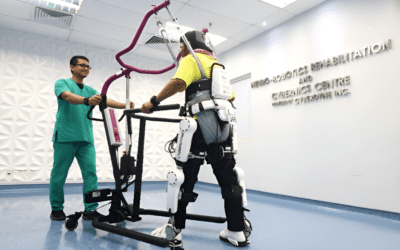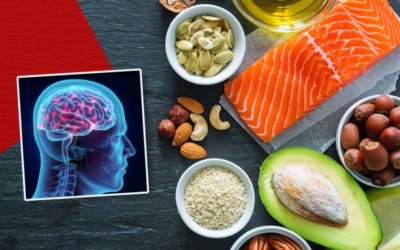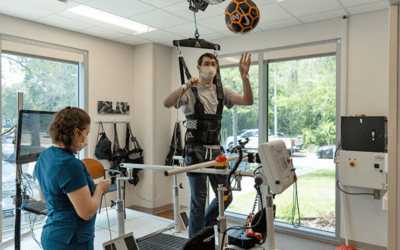When you should come & meet us!
If you answer “yes” to two of the following questions, you may have a sleep disorder and should consult our team for an examination:
- Do you often snore loudly at night, disturbing your sleep and loved ones?
- Has your partner noticed that you sometimes stop breathing while sleeping, or do you wake up feeling weak and tyred in the morning?
- Have you ever struggled to stay awake during essential moments like driving or meetings?
If you experience any of these symptoms, addressing them for your well-being and safety is essential.
Sleep is essential:
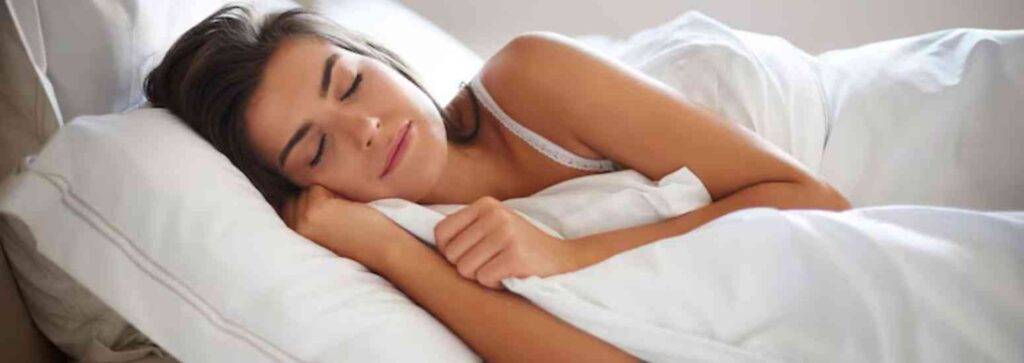
Sleep is an essential physiological moment to maintain the physical and mental balance necessary for performance. It recovers the energy spent in the past day and prepares for the next one. Different mechanisms regulate the sleep-wake phases, which, when altered, cause an imbalance in the times intended for balanced rest.
It is not a passive phenomenon: only some brain functions are suspended, while others that are fundamental take place. Good sleep hygiene protects against chronic degenerative and infectious diseases by increasing the body’s defence capabilities.
Types of Sleep Disorder Conditions:
1. Excessive daytime sleepiness (hypersomnia): A condition characterised by persistent drowsiness and a tendency to fall asleep during the day, even during activities such as talking or eating.
2. Insomnia: A sleep disorder marked by ongoing difficulty falling asleep or staying asleep, leading to non-restorative sleep and daytime symptoms such as fatigue and irritability.
3. Jet lag syndrome is a temporary sleep disorder that occurs when rapid travel across multiple time zones disrupts the body’s internal clock, leading to symptoms such as fatigue, difficulty sleeping, and cognitive impairment.
4. Narcolepsy: A chronic neurological disorder that disrupts the brain’s ability to regulate sleep-wake cycles, resulting in excessive daytime sleepiness and sudden, uncontrollable episodes of falling asleep.
5. Obstructive sleep apnoea is a potentially serious sleep disorder characterised by repetitive episodes of partial or complete blockage of the upper airway during sleep, leading to breathing interruptions and fragmented sleep.
6. Parasomnia: A category of sleep disorders that involve abnormal behavioural, experiential, or physiological events that occur during sleep, including sleepwalking, night terrors, sleep paralysis, and sleep-related eating disorders.
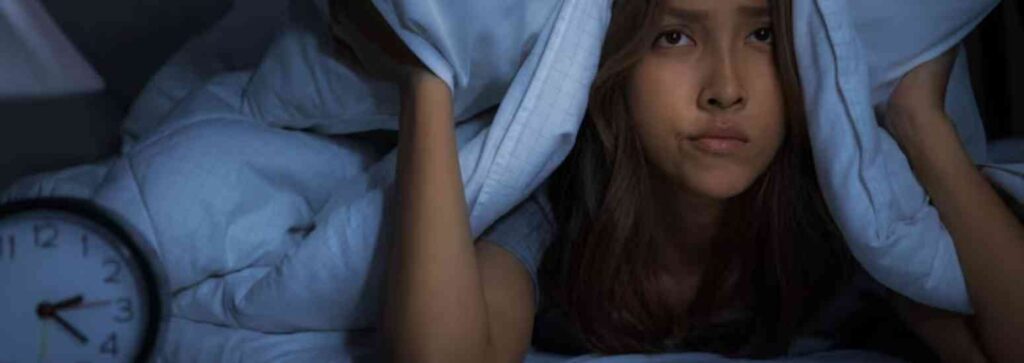
7. Restless legs syndrome: A neurological disorder characterised by uncomfortable sensations and an irresistible urge to move the legs, typically during rest or inactivity, especially in the evening or at night.
8. Shift work sleep disorder: A circadian rhythm sleep disorder affecting individuals who work non-traditional hours, causing difficulties with sleep quality, excessive sleepiness during working hours, and overall disruption of the sleep-wake cycle.
9. Snoring is a common sleep-related breathing disorder characterised by noisy breathing during sleep. It is often caused by obstructed air movement during breathing. Snoring can be a sign of obstructive sleep apnoea or simply a nuisance to bed partners.
The Quality of Sleep:
The number of hours is commonly considered a “good” sleep parameter. In reality, sleep quality is much more important than the quantity. Sleep has its own physiological “architecture”, determined by the alternation of shallower and deeper phases, which, if maintained, guarantees its good quality. “Poor” quality sleep can be caused by bad habits, the most common of which are:
- Sleep displacement (going to bed late and waking up late)
- Carry out physical activity and use electronic devices (TV, tablets, PCs, mobile phones) in the evening hours
- Taking substances of abuse (including alcohol) or stimulants (caffeine)
Sleep Breakdown:
Over 24 hours, two phases alternate: action (wakefulness) and homoeostasis (sleep). Two hormones, cortisol (the wakefulness hormone) and melatonin (the sleep hormone), conduct this alternation that governs our biological clock (the circadian rhythm). The release of these hormones depends on the conditions of exposure to light.
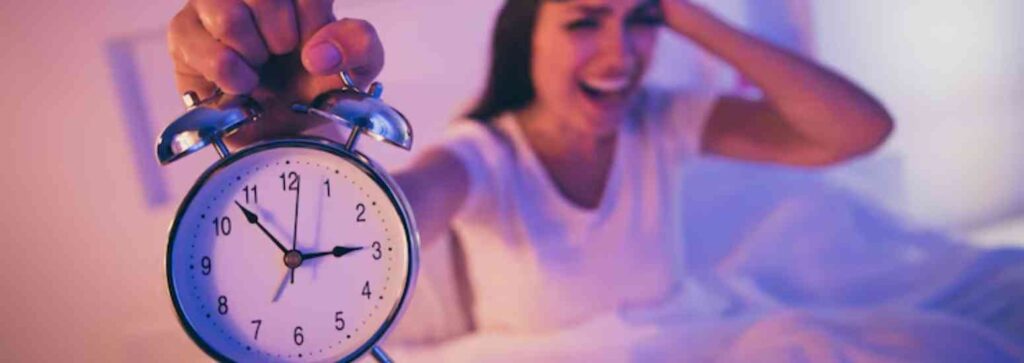
The circadian rhythm is linked to the suprachiasmatic nucleus of the hypothalamus, which regulates sleep and other biological rhythms and is influenced by the light-dark cycle of the day. Man’s lack of synchronisation of the endogenous rhythm (sleep-wake) and the exogenous rhythm (imposed by the lifestyle) leads to circadian rhythm disorders: fatigue, difficulty concentrating, irritability, and poor performance at work; it becomes difficult to fall asleep or awake as appropriate.
Circadian rhythm pathologies can originate from an endogenous pacemaker alteration or external causes.
The main ones are:
- Delayed or early sleep phase syndrome, compared to conventional times
- Hypernictemeral syndrome, linked to irregular sleep cycles compared to the previous day
- Jet-lag syndrome, caused by travel time zones
- Shift syndrome, with insomnia in the evening hours and daytime drowsiness
Insomnia:
The central sleep disorder is insomnia, which can be of three types:
- difficulty falling asleep
- frequent awakenings and
- Early awakenings.
- More specific disorders, such as parasomnias and alterations in movement during sleep, require highly specialised therapeutic approaches.
Spread of insomnia
Approximately 30 – 50% of adults occasionally experience difficulty sleeping at night. A sudden or stressful event can cause an episode of insomnia.
Generally, however, once that event has been resolved, the sleep disturbances end, thus denoting a transitory characteristic of the problem. However, for some predisposed people, the difficulty may persist even after the underlying cause has disappeared.
6-13% of adults meet the criteria for a sleep disorder according to DSM-5 criteria. Insomnia appears to be more prevalent in women than in men.
Treatment for insomnia:
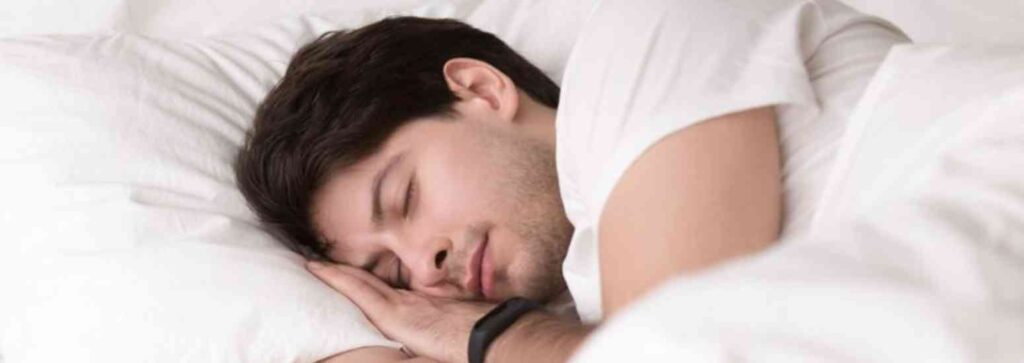
The primary forms of treatment for Insomnia Disorder are pharmacological therapy and cognitive-behavioural psychotherapy.
Medicines for sleep disorders: Drug therapy is often the first treatment for insomnia recommended by GPs. The prescription of hypno-inducing drugs is frequently found, especially in the case of older people, who appear to use sleeping pills twice as often (14%) compared to the general population (7.4%).
The use of hypnotic medications or anxiolytics with hypnotic properties (such as benzodiazepines) is not recommended for longer than 2 weeks. Extended use can lead to side effects, including daytime drowsiness and dizziness, as well as the risk of addiction and tolerance.
Speech therapy for sleep disorders: How speech therapy can intervene in the evaluation and treatment of patients with sleep-disordered breathing: It is estimated that around 1 billion people worldwide suffer from some type of breathing-related sleep disorder. 2 million of these people are in Italy.
This sleep disorder disorder is a real public health problem; to date, only a tiny percentage of these people receive any treatment.
We learn about sleep dynamics and related breathing disorders and discover how to evaluate and treat sleep-disordered breathing through myofunctional therapy.
What Exactly do Sleep Disorder Rehabilitation will do?
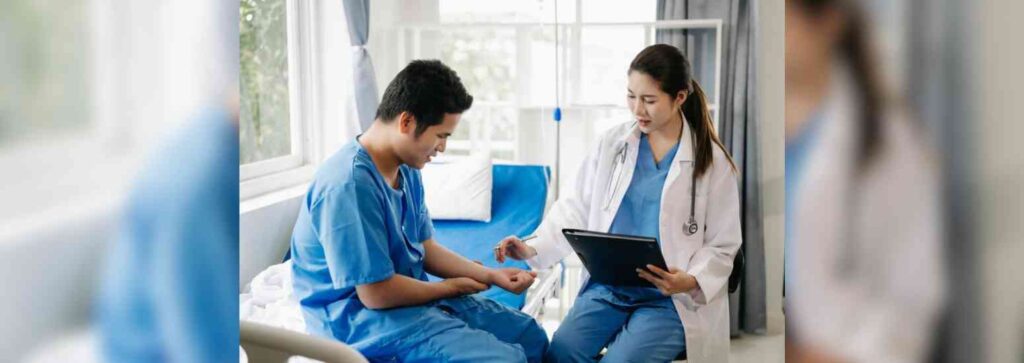
They evaluate the patient’s history “while sleeping”, allow specific tests to be carried out to precisely study any alterations in sleep and breathing during sleep, and offer the appropriate therapeutic solutions.
A multidisciplinary approach is needed to address the multiple problems (neurological, neurological, ENT, cardiac, endocrinological, etc.) that can threaten our health during sleep.
PERKESO REHABILITATION offers a holistic & multidisciplinary approach, unique in Malaysia, with close integration of interdisciplinary rehabilitation programmes for sleep disorder
Do many people suffer from Sleep Disorder?
Regarding people who may present sleep disorders, limiting ourselves to respiratory problems, such as obstructive apnoea, we are talking about 3-5% of the general population, but if we only consider those who already have some other problem (such as arterial hypertension) the frequency jumps 50% of cases.
How to reach us for Sleep Disorder Rehabilitation?
The various tests can also be booked through our website or phone number following a specialist visit and presentation of a request with an indication of the specific polysomnographic test to be performed and a detailed clinical question. Connect with our team to learn more about sleep disorders and rehabilitation treatment in Malaysia.

